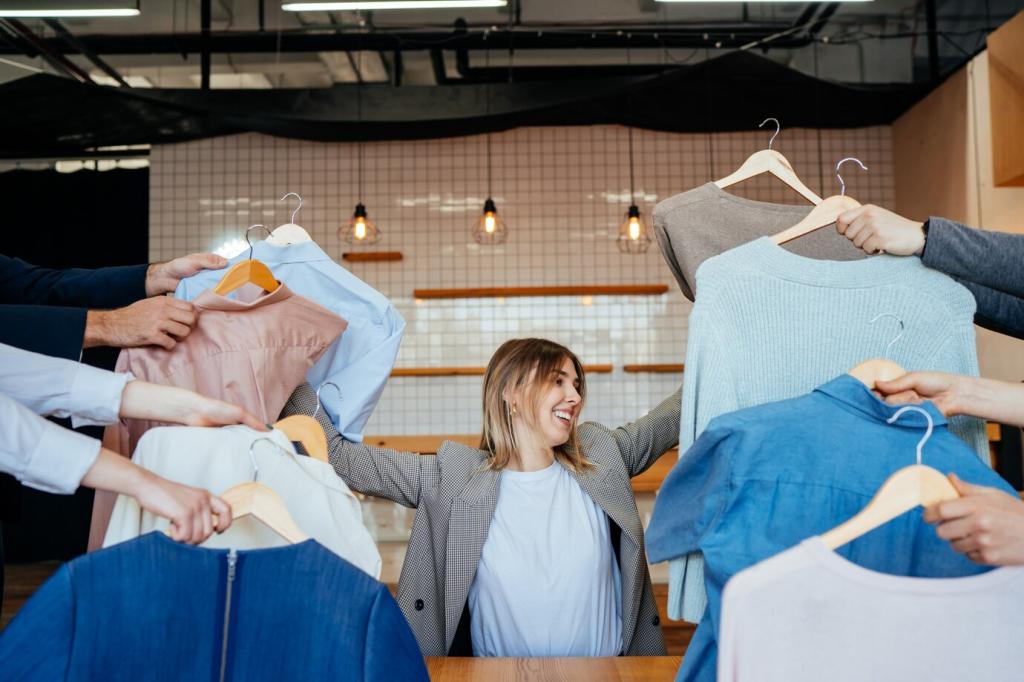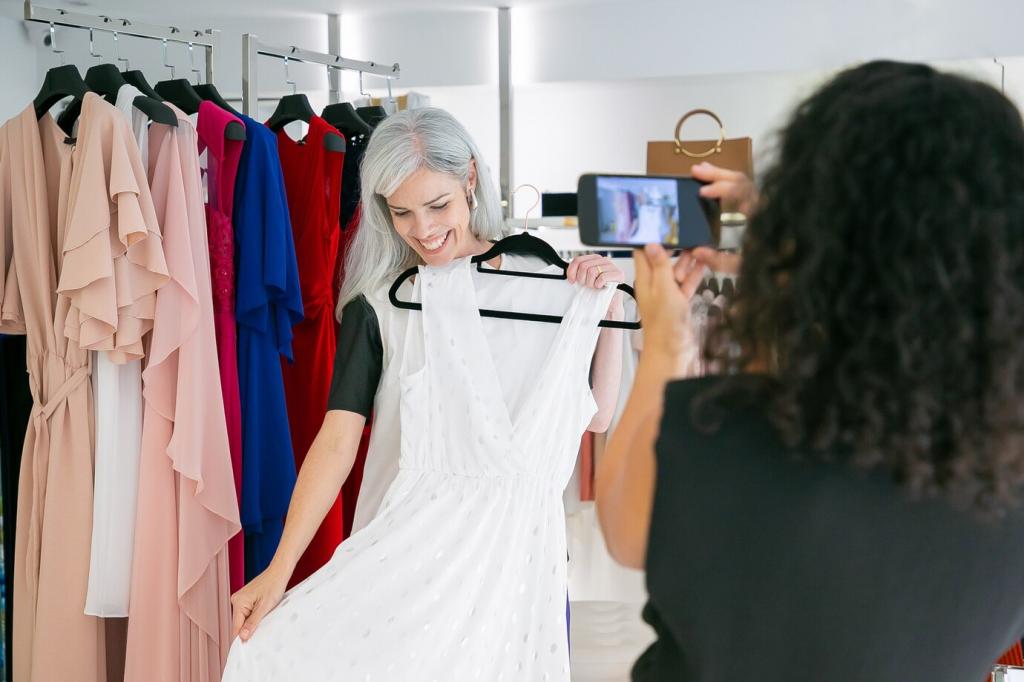Founders’ Anecdotes: Scrappy Starts and Honest Pivots
One founder told us their very first pop-up in Lisbon got rained out, but the recycled fabric kept shoppers dry and smiling. Word spread faster than the storm. Share your favorite discovery story, and subscribe to hear more beginnings that started with weather and ended with loyalty.
Founders’ Anecdotes: Scrappy Starts and Honest Pivots
A new store switched to a low-water dyehouse after an apprentice questioned wastewater practices during a tour. Costs rose, but colorfastness and team pride soared. Comment if transparency from apprentices, cutters, or couriers has ever changed how you view a brand’s commitment to sustainability.





